 |
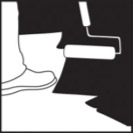 Seal the Deal
Seal the Deal
ChemMasters Newsletter: Vol 3 Issue 4
When To Re-Seal
Re-sealing concrete serves a different purpose than curing concrete, and not surprisingly we use concrete sealers differently than concrete cures or cure & seal products.
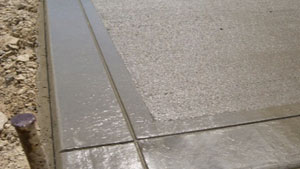
Freshly placed concrete requires a film that retains moisture.
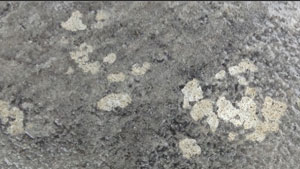
Freeze/thaw cycles and ice melts can damage concrete, and are the cause of scaling, spalling and delamination.
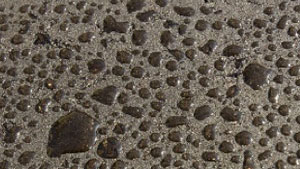
Protect concrete from damage by preventing the absorption of water, salts, and deicing fluids.
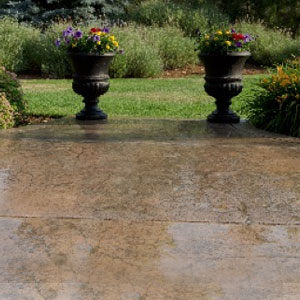
Some people want to improve the aesthetics of decorative concrete.
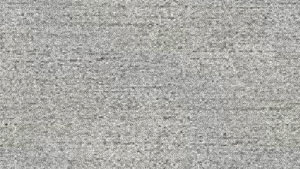
Others prefer not to change the appearance of their concrete.
Motivation
The primary purpose of concrete cures and cure & seal products are to retain moisture necessary for cement to undergo the hydration process that creates concrete. Moisture retention during the curing process ensures that freshly poured concrete will achieve its full design strength and durability. Some types of concrete are also decorative in nature, and aesthetic requirements are also factored into choosing an appropriate product.
But concrete that is to be re-sealed is already fully cured, replaced by the need to protect our investment and keep it looking good. As a result, protection and aesthetics become the primary motivation to re-sealing concrete.
As a result, protection and aesthetics become the primary motivation to re-sealing concrete.
Protection
Concrete is not damaged by sun, wind or rain. Residential concrete is not damaged by normal abrasion from foot and tire traffic. But in northern climates, concrete is damaged by a process known as "freeze/thaw cycling" in which concrete absorbs water and water vapor that freezes, expands, and causes cracking, scaling, spalling and even delamination of the substrate surface. The freeze/thaw damage is made worse by the use of ice melts and salts.
Since water and water vapor are the culprits, a good re-sealing product will prevent the absorption of liquid water from the surface, yet be breathable enough to allow water vapor within the concrete to escape.
Aesthetics
Aesthetics are also a greater consideration when re-sealing concrete, based upon the concrete finish type and personal preferences. Owners of common broom finishes often prefer a sealer that does not change the color or appearance of their concrete, while decorative concrete (stamped, exposed aggregate, stained, decorative, etc.) is often enhanced by products that deepen and enrich colors with higher gloss appearances.
Expectations
Once you have developed expectations for the appearance and protection of your concrete, you can begin the process of choosing the right sealer for you.
Generally speaking, re-sealing products come in two types; film formers and penetrators. Each has different levels of protection and aesthetics.
Film Forming Sealers
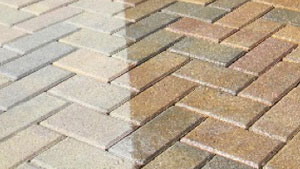
Film forming sealers darken concrete, add gloss, and enhance colors.
| Pros | Cons |
| Various gloss levels from medium to high | Uneven or over application can be unsightly |
| Darken concrete | Darken concrete |
| Deepen & enhance colors | |
| Stain resistance | |
| Can be colored or tinted |
Penetrating Sealers
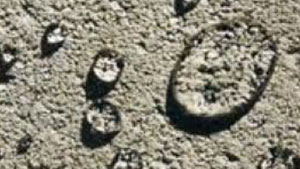
Penetrating sealers repel water, salts and deicing fluids without changing the substrate appearance.
| Pros | Cons |
| Do not change the appearance of concrete | Do not change the appearance of concrete |
| Longer lasting | Not stain resistant |
| Enhanced water & salt protection | No gloss, color enhancement, or tints |
The ChemMasters website offers additional help with choosing the right product for your needs. Refer to the Help With Penetrating Sealers page and the Help With Film Formers page for additional information and recommendations.
Timing
If your expectations are to improve the aesthetics of your concrete, the fall may not be the best time to re-seal. There’s no point making it look good under a blanket of snow. Consider waiting until spring when your work will be visible throughout the summer and fall.
But fall is the perfect time to seal your concrete for freeze/thaw and salt protection. But don't wait until the last minute, as low temperatures can adversely impact the outcome of re-sealing projects.
In either case, remember that more is not better. Uneven or over application of sealers is unsightly, and can be difficult to repair. Be careful to adhere to apply them evenly and at the recommended application rate. Read all the product label and technical data sheets prior to
use, and call the ChemMasters Technical Service Department at 1-800-486-7866 if you have any questions.
Some popular ChemMasters re-sealing products include:
Penetrating Sealers
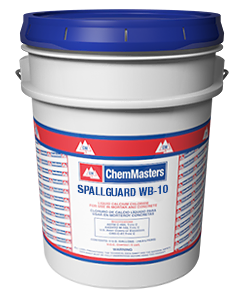 SpallGuard WB-10
SpallGuard WB-10
Penetrating Siloxane Low-VOC
Water-Based Concrete Sealer & Waterproofer
 Aquanil Plus 100
Aquanil Plus 100
Penetrating Silane Sealer
for Concrete and Masonry
Solvent-Based Film Forming Sealers
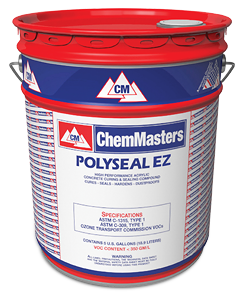 PolySeal EZ
PolySeal EZ
Bubble Resistant Low-VOC Cure and Seal
resists bubble formation, cobwebbing, and stringing
 Traz 25-A
Traz 25-A
Low-VOC Solvent-Based
Methyl-Methacrylate Concrete Sealer
Water-Based Film Forming Sealers
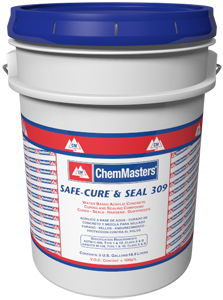 Safe-Cure & Seal 309
Safe-Cure & Seal 309
Economical Indoor Concrete Cure & Seal
water emulsion, styrene acrylate copolymer compound
 Polyseal WB
Polyseal WB
Pure Acrylic Non-Yellowing
concrete cure and seal
Silencure, Polyseal, Traz, Aquanil, Spall Guard, Chemisil, EZ Strip Cure, SafeSeal, Spray Film, DuraShield SRT, Slip Stop and Exposee are trademarks of ChemMasters, Inc. ChemMasters and Safe-Cure are registered trademarks of ChemMasters, Inc.
300 Edwards Street, Madison, Ohio 44057
Phone 440.428.2105 - 800.486.7866
Fax 440.428.7091
Silencure, Polyseal, Traz, Aquanil, Spall Guard, Chemisil, EZ Strip Cure, SafeSeal, Spray Film, DuraShield SRT, Slip Stop and Exposee are trademarks of ChemMasters, Inc. ChemMasters and Safe-Cure are registered trademarks of ChemMasters, Inc.

Phone 440.428.2105 - 800.486.7866
Fax 440.428.7091
ERISA Documents for Welfare Benefit Plan
